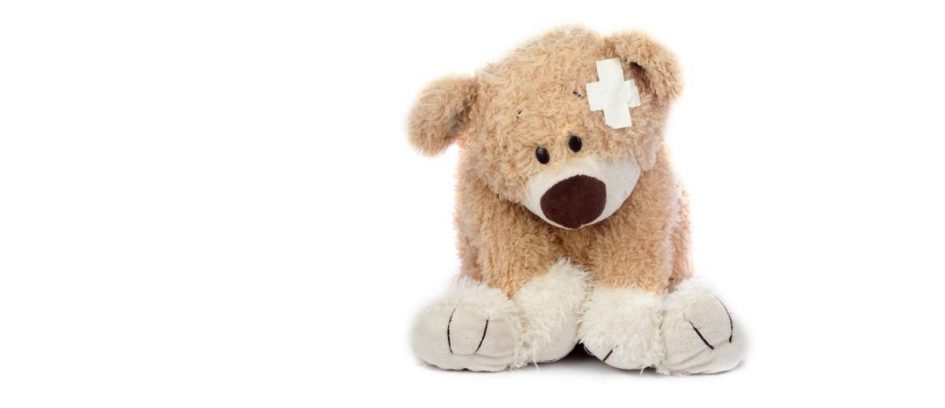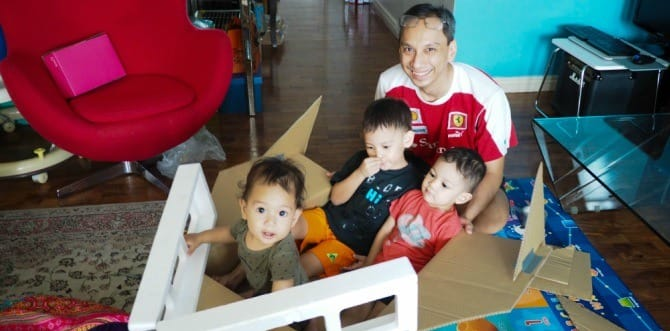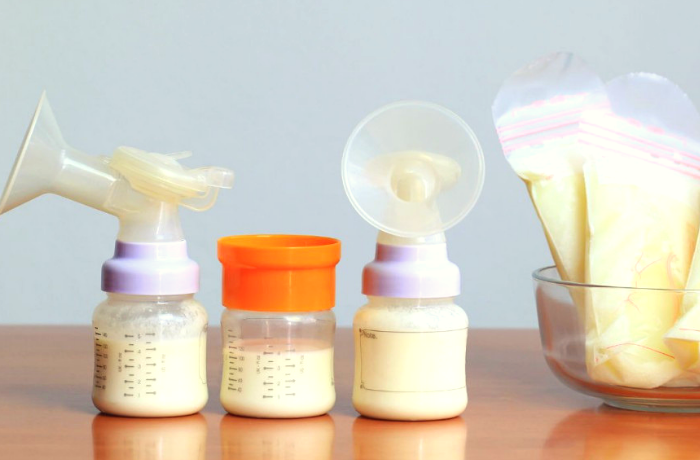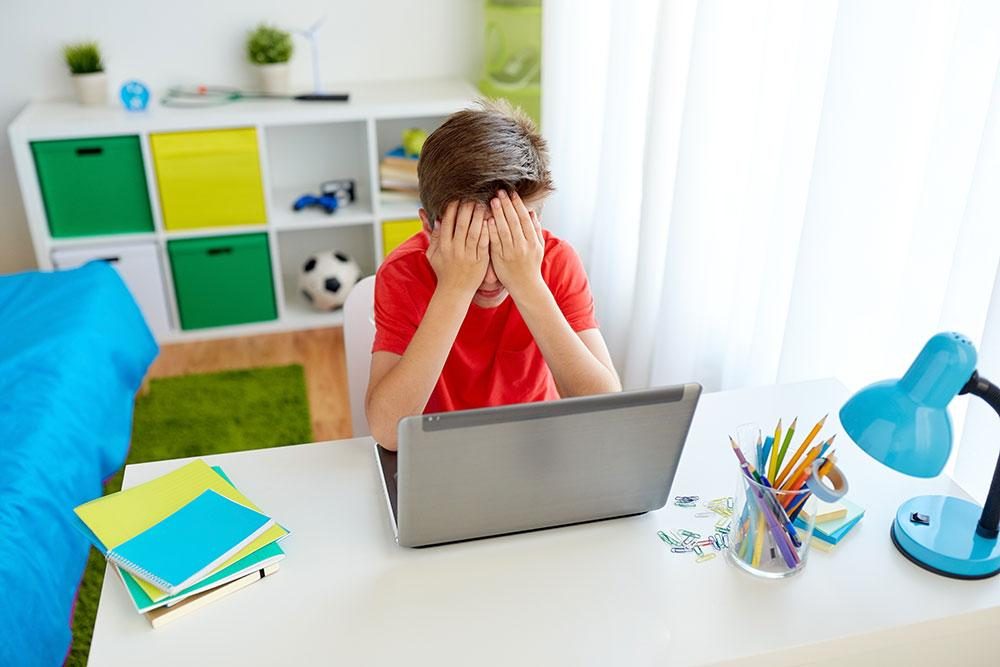Children Health Emergencies
by on 02/08/2025 ...

Children tend to be very active and more often than not, they don’t have the same concept of danger like adults do. Jumping off the slide from the top is nothing short of an adventure or hanging upside down from the monkey bar gives them a rush. These antics often give parents something close to a heart attack.
Unfortunately, as much as kids will be kids, these clowning around may lead to accidents. Minor injuries like scraped knees or cuts on the arm are safe enough to be treated at home with over-the-counter medicine. But when you’re a parent, even minor injuries like these can make you want to rush your child to the ER.
So how do you determine which injury requires an ME’s attention and which injury you can treat yourself.
Follow this basic guide to help you determine the seriousness of your child’s injury before rushing him to the ER.
Call Your Pediatrician First
Whenever your child suffers an injury, it’s a wise practice to call your pediatrician first to get assistance in assessing the extent of your child injury. Explain to your pediatrician what happened and how the accident happened. If you can send a photo of your child’s injury to your pediatrician, it would be a lot better.
Your pediatrician is able to deduce if the injury is serious enough to warrant an ER visit. If it’s not, he will either advice you over the phone how to handle and treat the injury or if he feels it’s something he needs to see, he will ask you to come in to his office. If the injury is serious, your pediatrician will advise you to head to ER directly.
Ask if your pediatrician is able to call the ER in advance to advise the hospital that you’re coming. Your pediatrician will be able to provide key information beforehand to the ER staff. This information will be very useful for the medical examiner when he sees you.
Identify the Type of Injury
With children, even the slightest accident can actually cause them injury that will otherwise be negligible to us.
Here is a basic guide on what to look for when your child suffers an injury:
|
Accident |
ER Yes? No? |
What to Do? |
What Can You Do at Home? |
|
Chipped tooth (Due to a fall) |
In most cases, NO |
Bring him to the dentist instead
If the tooth is chipped, then the dentist will smooth out the edges.
If the tooth is shoved into the gum from a very hard fall, the dentist will extract the tooth so it won’t damage the developing adult tooth.
If your child is bigger and has knocked off his permanent tooth, put the tooth in cold milk to take it along with you as you bring your child to see the dentist. In this case, your child needs to see the dentist as soon as possible. There is little chance your dentist will re-implant it but he still needs to see the tooth to make sure it’s whole.
But if you notice that your child is still in pain even after a few days or that the gum is swollen or (a sign of an infection), the fracture could’ve hit into the nerve. Bring him to the dentist again for further assessment.
ER Situation Unless you can’t find the tooth and your child appears to be wheezing, coughing or having difficulty to breathe, bring him to the ER right away. The tooth could be lodged in his lung so it needs medical attention in order to have it removed.
|
Carefully clean out all dirt and debris from your child’s mouth with warm water and gauze or a clean cloth.
Check to ensure there are no bits of chipped tooth in his mouth. Get him to gargle to ensure all dirt is removed from his mouth.
Apply *cold compress on the area of the injury to reduce and minimize swelling.
*See below for how to prepare cold compress |
|
Burn / Scalding |
In most cases, YES |
The first thing to do is remove the source of heat from your child’s body. Either place your child under cold shower, in a *cold soak or running cold water on the affected area if the injury is an extremity (arm, hand, finger, leg and/or foot)
If child’s clothing is on fire, use a damp blanket, rug or bed sheet to smother the flame.
While on the way to the ER, keep cool compress on affected area at all times. DO NOT apply any kind of ointments (oil, butter, ice etc) because this will only create a barrier that will trap the heat in.
ER Situation Any burn, even minor one, on a child under one year old needs to be seen by a doctor right away.
*See below for how to prepare cold soaks
|
For minor burn or scalding,
Hold cold compress on the affected area until your child doesn’t seem to be in pain any more (usually about after half an hour).
Apply antibiotic ointment or cream after the cold compress and cover with nonstick bandage.
|
|
Broken bone (Due to a fall) |
YES |
It can be quite difficult to tell if your child has broken a bone so it’s better to get him assessed by a medical examiner.
Indications of broken bone include:
To transport your child to the ER, ensure the injured are is immobilized:
|
|
|
Drowning (Submersion Injury) |
YES |
If child is unconscious, try to revive your child with CPR while someone else calls for an ambulance.
DO NOT STOP CPR until your child revives or until help arrives.
If you are able to revive your child before help arrives, you still need to bring him to the ER for medical assessment.
|
|
|
Electric Shock |
YES |
The first thing to do is break the contact with the electrical source by turning off the power. Use a dry, non-metallic object like a wooden broomstick, cushion, stool or even a book.
Perform CPR if your child is unconscious and get someone to call for an ambulance.
|
|
Quick First Aids
Cold Compress
Fill a basin (a cooler or polystyrene works best) with cold water and a tray or two of ice cubes. Dip clean cloth into the basin and wring out excess water. Place cloth on affected area. Repeat until pain lessens.
Cold Soaks
Fill a basin (a cooler or polystyrene works best) with cold water and a few ice cubes. Immerse the injured part for 15 – 30 minutes. Rest with 30 minutes break between soaks before repeating treatment.
Always Be Prepared
- Keep your first-aid supplies in a childproof, easily manageable box so they can be moved as a whole to the accident site. Check the contents of your first-aid kit regularly to ensure all medications can still be used and all tools are safe and useable
- Place important telephone numbers near where your home telephone is. List the numbers of your family doctors, nearest hospital and its ER, your pharmacy as well as the numbers of close friends, neighbors and relatives you can contact in case of emergency. Keep these numbers on a card and keep it in your purse or your changing bag
- Take a course in baby and children CPR. Ensure to keep your skills current by going for periodic refresher courses. Familiarize yourself with first-aid procedures for common home injuries
- Stash away some cash in a safe place (and don’t use in other situations) in case you need to use them for taxi to go to the ER or your doctor
- Train yourself to handle minor injuries calmly. Your child will most likely be less cooperative when he hears your panic tone. Always try to keep your composure for it will help you to be calm when facing a serious injury





























